#ToyotaMotorCorporation
Toyota Scales Back June Production, Ford Drops German Factory
Despite starting 2022 announcing a plan to normalize output, Toyota has had trouble living up to its promise. While most automakers were figuring out how to make more money off diminished production, the Japanese brand was plotting assembly schedules that would restore assembly rates to levels that would have been considered normal prior to 2020. But the rest of the market hasn’t managed to match Toyota’s optimism and the automaker has had to scale back its global production plan yet again — citing the usual supply chain constraints stemming from COVID restrictions and worldwide deficit of semiconductors.
Meanwhile, Ford Motor Co. looks to be abandoning its vehicle assembly plant in Saarlouis, Germany. The facility produces the Focus for Europe and may be in danger of closing if the automaker elects to sell it. While the site was in the running to produce Ford’s next-gen electric vehicles, those products have since been slated for assembly in Valencia, Spain.
Report: Toyota Crown Reimagined as SUV & Coming to North America
Iconic for being Japan’s default taxi or police cruiser for decades, the Toyota Crown has been in production since 1955. Our market even got a taste of the model during its golden years, with the automobile becoming the brand’s first product ever to be exported to North America. While it would eventually be supplanted by the Corona Mark II/Cressida in the 1970s, we’d see parts of the vehicle return to our market through the Toyota Avalon and Lexus GS.
Meanwhile, the Crown executive series of sedans (and occasionally wagons) have been going strong in Japan for nearly 70 years — evolving gradually in the manner that Toyota typically prefers. But there have been stirrings that the company might discontinue the model for Japan, replicating FAW Toyota’s decision to turn the car into a sport-utility vehicle (based on the fourth-generation Highlander) in China. Now we’re getting reports that a similar scenario is being planned for other major markets, including the United States.
Toyota Nearing Federal EV Tax Credit Quota
Toyota Motor Corp. looks to be the next automaker that will have exhausted its allotment of EV tax credits for the U.S. market.
While the quota for $7,500 rebates has already been reached by Tesla and General Motors, Toyota is closing in with 190,000 plug-in sales of its own. The government has limited federally backed incentives to just 200,000 vehicles per manufacturer. Once the Japanese manufacturer reaches that limit, credits go into a cool-down period where it can continue benefiting from the full sum six months after the relevant quarter ends. From there, incentives will be halved for the next two quarters until the company is no longer eligible.
Report: Toyota to Rollout New Operating Software By 2025
Toyota is allegedly on the cusp of launching a comprehensive driving software that incorporates everything from temperature control to autonomous driving. The Arene operating system (OS) will be proprietary to the automaker and assume duties that exceed multimedia management systems like Mercedes’ MBUX. Toyota’s software is supposed to be all-inclusive, much like the operating system found in Tesla products, and set itself up for hands-free motoring.
However, it would be a lie to claim that really matters, since automakers cannot help but promise that any new line of code is another step closer to driverless vehicles and chock full of artificial-intelligence goodness. For example, Volkswagen’s new software stalled the launch of multiple vehicles and resulted in an unresponsive, buttonless interface that has continued causing problems on its latest products. But VW will be the first ones to tell you it’s the only pathway toward widespread electrification, vehicular connectivity, self-driving, and commercial enlightenment.
Lexus is Reinventing Itself This Spring
Lexus enjoyed years of uninterrupted success as the preeminent purveyor of reliable Japanese luxury. However, the current lineup has become somewhat antiquated and the brand can no longer rest assured that it will be at the summit of every reliability ranking the industry manages to produce. Though usually still within the top five, management feels it’s time to update the “brand vision” and redefine how people see Lexus.
While the evolution of an automotive brand is an essential aspect of its survival, a lot of automakers have gone the popstar route of reinventing themselves based on the latest trends. This explains the sudden influx of minimalist logo redesigns utilizing slimmer fonts and monochromatic color schemes, though it hardly forgives the industry’s general lack of imagination. Despite Lexus giving us few details to work with, its latest release has us wondering if it could be plotting a similarly dull trajectory for itself.
Toyota Announces 2020 Supra Color Options
Now that the hype train has pulled into the station and unloaded the Toyota Supra, we can finally begin to examine what all the fuss was about. Still, Toyota has one more minor announcement left up its sleeve. While we’ve frequently seen the coupe in black, white and red (or camouflage combination of the three), we didn’t actually know what shades the manufacturer would offer for its introductory year.
Launch Edition vehicles will continue to be relegated to the established trio of hues, adding red mirror caps, black 19-inch wheels, unique upholstery, carbon-fiber accenting, and commemorative plaques for $55,250. But other colors are coming — most of them silver.
Toyota's Trying to Remain Non-threatening in the U.S.
While the Trump administration is carefully considering whether or not imported vehicles qualify as a threat to national security, and prepares for trade negotiations with Japan, Toyota is being very careful about how it comes across in America. Last week, the automaker announced plans to add about 600 jobs across the Southern United States — raising its proposed American expansion by another $749 million. In total, the company is expected to expend $13 billion inside the U.S. by 2022.
“In a time when others are scaling back, we believe in the strength of America and we’re excited about the future of mobility in America,” Jim Lentz, CEO of Toyota Motor North America, said of the decision.
Throwing some casual shade at other automakers who are cutting down their domestic workforce is a sound PR strategy but, according to Toyota, its increased investment has nothing to do with global or industrial politics.
NADA 2019: Toyota Promises Dealers More Utility Vehicles, Plans to Ignore EVs
While the closing day of the 2019 National Automobile Dealers Association meetup revolved around charitable opportunities, engineering equality in the workplace, and a talk from author, pro golfer, and USAF veteran Major Dan Rooney on the merits of personal accountability, the rest of the event focused more directly on the auto industry.
One of the larger announcements came from Jack Hollis, general manager of Toyota North America’s Toyota division, who told dealers that his company intends to introduce 19 entirely new, redesigned, or refreshed vehicles over the next three years — focusing on utility models, but not ignoring cars. Toyota and Hollis are adamant that the brand can take advantage of other manufacturers abandoning sedan sales by both keeping them in its roster and continuing to improve them. Still, they acknowledge that SUVs and crossovers are essential in wrangling today’s buyers.
The secret, according to Toyota, is having a diverse lineup. However, pure electrics ( and maybe minivans) don’t make the list, at least until sales data makes a better case for them.
Toyota Introducing Blacked Versions of Camry and Highlander
Toyota will be unveiling blackened versions of the Camry and Highlander at the 2018 Los Angeles Auto Show, indicating that we’re one step closer to the trend ending. Factories started adopting the “murdered-out” look a few years ago after the movement gained steam in the aftermarket. Now it’s cropping up on the most mainstream of models.
Officially, the Japanese automaker claimed its newest Nightshade Editions are “preempting the earlier sunset associated with the end of Daylight Savings Time.” But we know they’re primarily an opportunity to markup existing models by adding a few darkened bits of trim. However, you’re unlikely to mind if you’re interested in conveying a more-sinister image on the road.
Toyota Says Supra Development Team Stopped Talking to BMW Years Ago, Hasn't Ruled Out Manual
Shrouded in secrecy and driven by hype, the next Toyota Supra has been a tough nut to crack. However, its co-development with the BMW Z4 left us thinking we’d soon have a situation akin to the Toyota 86 and Subaru BRZ.
In this case, it possible that calling the cars “jointly developed” might not be entirely fair. While they share a lot of the same hardware and will be assembled at the same Magna Steyr factory in Graz, Austria, development teams severed their ties in 2014 after establishing the necessary hardpoints. Since then, they’ve adding their own secret spices to ensure a unique flavor.
Think chicken à la king and chicken korma in a best-case scenario, or chicken parmesan and chicken parmesan with a little more sauce in the worst.
Toyota Recalls One Million Prius and C-HR Hybrids Over Fire Risk
Toyota is recalling over one million Prius and C-HR crossovers due to engine wires that pose a potential fire risk. Involved in the call-back are roughly 192,000 vehicles in the United States, according to estimates made by the automaker on Wednesday. However, the vast majority of the 554,000 affected vehicles reside in Japan.
While no injuries have been reported, an alleged incident occurred in February 2018 where a wire harness connected to the vehicle’s hybrid power control unit shorted out.
Ahoy: Lexus Now Focusing on Premium Boat Business
Lexus sales slipped in the United States over the last two years. While overall deliveries remain relatively strong, the Japanese luxury brand saw its annual volume surpassed by Mercedes-Benz in 2013. BMW followed suit in 2017 and the gap only looks to be widening this year. So, what does a high-end nameplate do to lure back customers?
The answer is an obvious one: it starts building boats. It might shock you to learn this, but boats have actually been around since prehistoric times and physical examples have been discovered that are at least 10,000 years old. Meanwhile, most cars aren’t even 100 years old. Basic math proves boats to be the more sustainable product and a sounder investment. Cars had a good run, but autonomous vehicles and ride-sharing services are about to convert driving into a passive and homogeneous experience in a totally hypothetical and undetermined amount of time. Boats will be where it’s at very soon and every automaker will eventually become a sloop manufacturer.
Alright, I’ll stop being a prick (for now). What Lexus is really attempting to do is gussy up its image, endearing itself to the growing legions of super-rich people by providing contemporary yachts — something Mercedes-Benz has done in the past.
Lexus Is Plenty Aware That Everyone Wants a Successor to the LFA
Lexus’ LFA was a car nobody could have anticipated. Limited to just 500 production models, the $350,000 status symbol was as prestigious as it was rare. Strange, considering Lexus is known as a luxury brand that’s still big on value. However, there weren’t many people griping about the LFA’s price once they experienced its performance firsthand. Its high-revving, 553 horsepower V10 has been universally praised by almost everyone who’s gained access to it, and even those who haven’t.
The Toyota Motor Corporation is aware that the model’s absence has been noticed and, despite Lexus’ current focus on improving sales via sport utility vehicles, it thinks there could still be room for another flagship halo car.
Former Toyota President Tatsuro Toyoda Passes At Age 88
Toyota Motor Corp. has announced the passing of Tatsuro Toyoda, the automaker’s seventh president and second son of the company’s founder. Instrumental in establishing the firm’s joint-venture with U.S. rival General Motors in 1984, referred to as the New United Motor Manufacturing Inc. (NUMMI), Tatsuro was known for his drive toward global expansion and international collaboration efforts.
Continuing on the path set out by his elder brother Shoichiro by taking the corporate helm in 1992, Tatsuro stepped down from the position in 1995 after being hospitalized for reported hypertension. However he continued on as an adviser for the automaker; a title he held until his death on December 30th. Toyota attributed Mr. Toyoda’s passing to pneumonia over the weekend.
Sounds an Awful Lot Like Free Market Capitalism: Akio Toyoda Says Toyota Will Build the Vehicles People Want
Earlier this month, Toyota board chairman Takeshi Uchiyamada told CNBC that the company was “skeptical there would be a rapid shift to pure electric vehicles, given questions over user convenience.”
It shouldn’t be perceived as a revolutionary thought. But with automakers increasingly touting their plans for “electrification” — a word too many observers have interpreted incorrectly — and regulators increasingly promoting their plans to do away with internal combustion engines, Uchiyamada’s honesty regarding the limitations of electric vehicles flew in the face of advanced automotive thought.
It did not, however, fly in the face of conventional Toyota thought. According to Reuters, the president of Toyota Motor Corporation, Akio Toyoda, says, “EVs are in focus at the moment but customers and the market will ultimately decide which powertrains will be successful.”
You’d almost think Akio Toyoda was — crazy as this may sound — running a business.



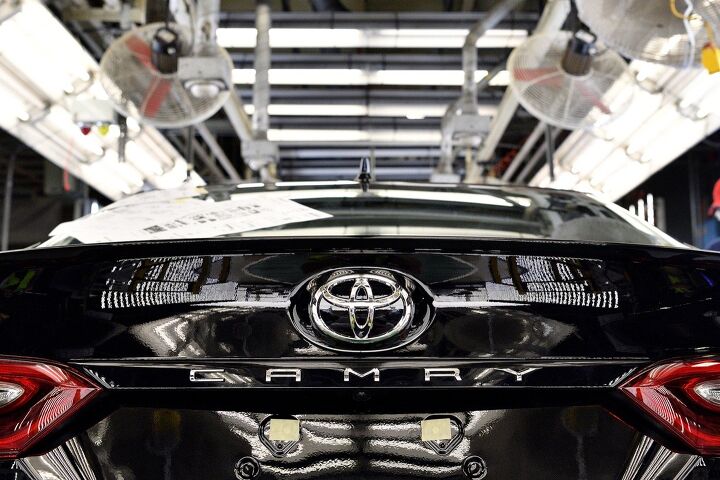
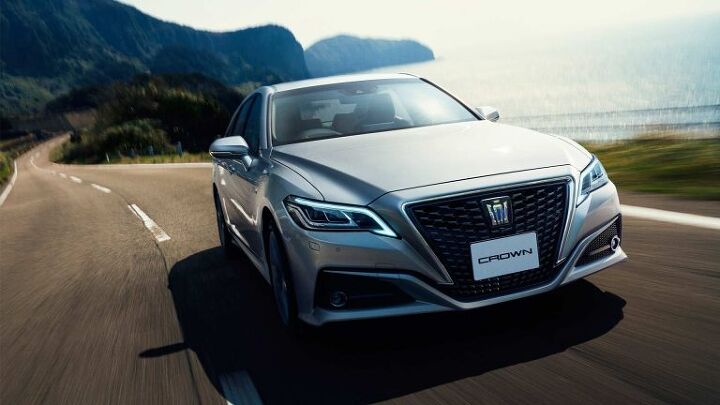
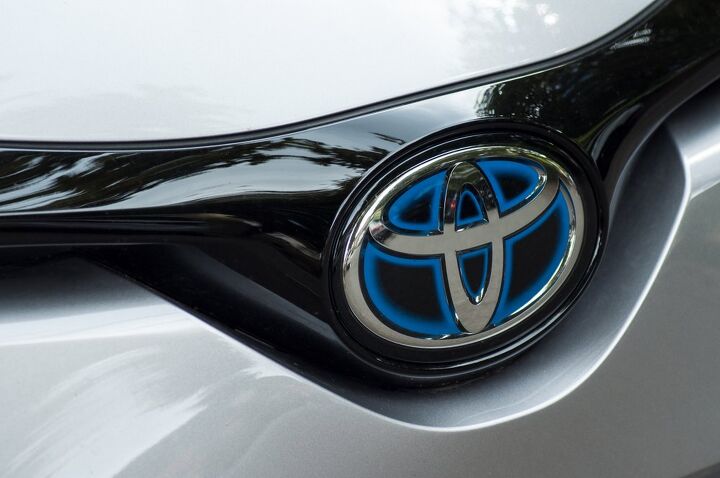



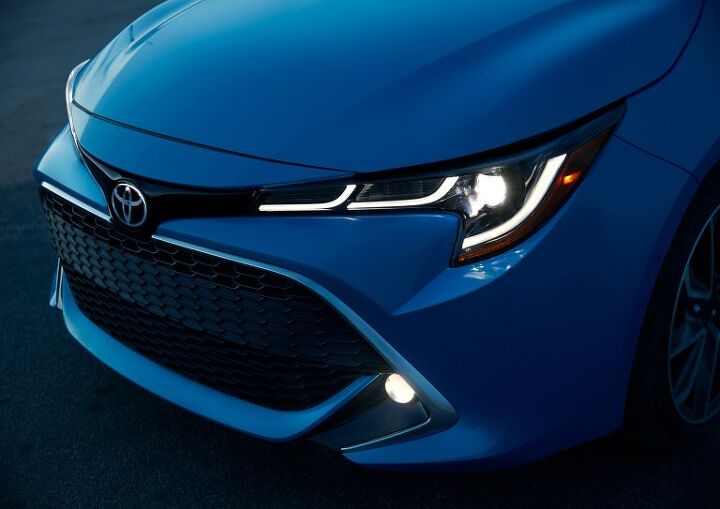


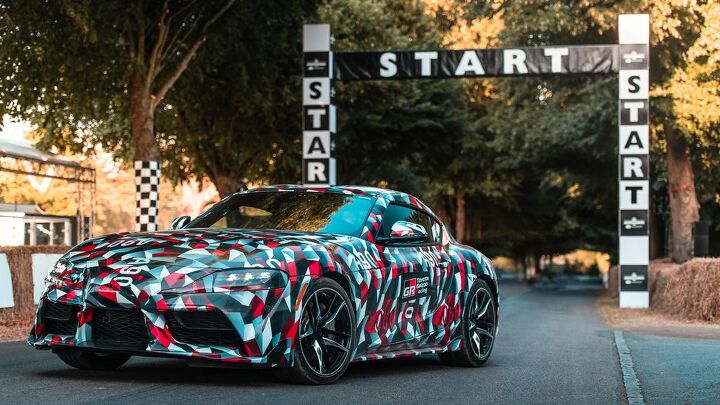



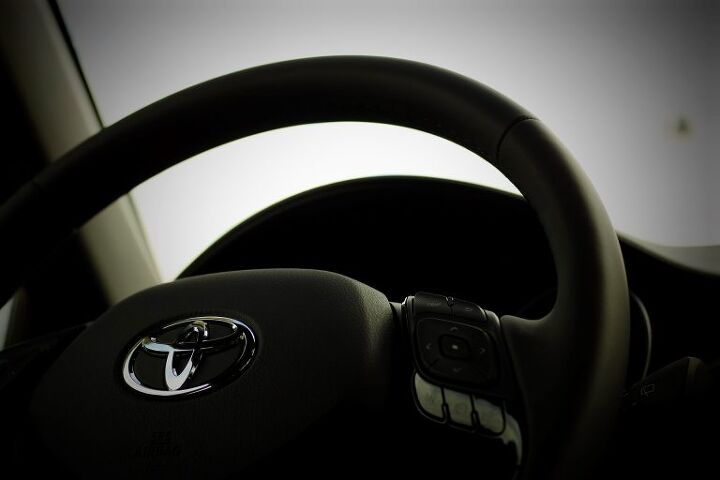













Recent Comments